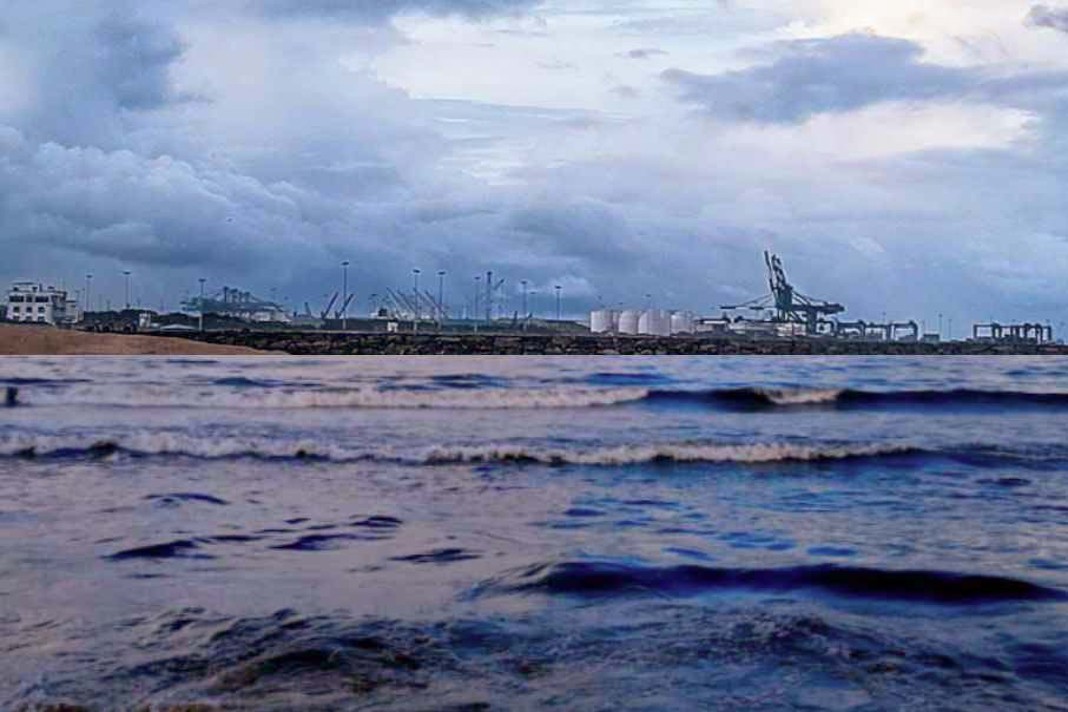 As the US Trade Representative (USTR) advances policies aimed at reducing reliance on Chinese-made maritime equipment, the debate over ship-to-shore (STS) cranes has intensified.
As the US Trade Representative (USTR) advances policies aimed at reducing reliance on Chinese-made maritime equipment, the debate over ship-to-shore (STS) cranes has intensified.
While the US currently lacks the capacity to manufacture these critical port assets, the American Association of Port Authorities (AAPA) is supporting a legislative approach that incentivizes domestic production rather than imposing steep tariffs.
Concerns Over Tariffs and Supply Impact
Responding to the Administration’s proposal to levy 100% tariffs on Chinese STS cranes, AAPA President and CEO Cary Davis cautioned that such measures would not revive a dormant US crane manufacturing industry.
Instead, he warned, they would increase costs for public port authorities already committed to crane orders needed to modernize facilities. Davis stressed that while the AAPA supports reshoring crane production, punitive tariffs risk burdening port development projects without addressing the root issue lack of domestic manufacturing capacity.
Legislative Push for Reshoring Incentives
In late July, the Port Cranes Tax Credit Act of 2025 was introduced in the US House of Representatives, offering a 25% investment tax credit for US facilities manufacturing or repairing STS and mobile harbor cranes. The bill also includes a production credit of 40%, increasing to 60% if at least 90% of components are American-made.
Davis described the bill as a “tangible first step” in reshoring key cargo-handling infrastructure. Port executives, including Paul Anderson of Port Tampa Bay, endorsed the legislation, citing its importance for national security, supply chain resilience, and port competitiveness.
The AAPA’s backing of the Port Cranes Tax Credit Act reflects a strategic shift toward fostering domestic crane manufacturing through financial incentives rather than punitive trade measures. By encouraging US-based production of essential port equipment, the legislation aims to bolster security, reduce supply vulnerabilities, and strengthen the operational readiness of America’s maritime gateways.
Did you subscribe to our daily Newsletter?
It’s Free Click here to Subscribe!
Source: Seatrade Maritime Authority















